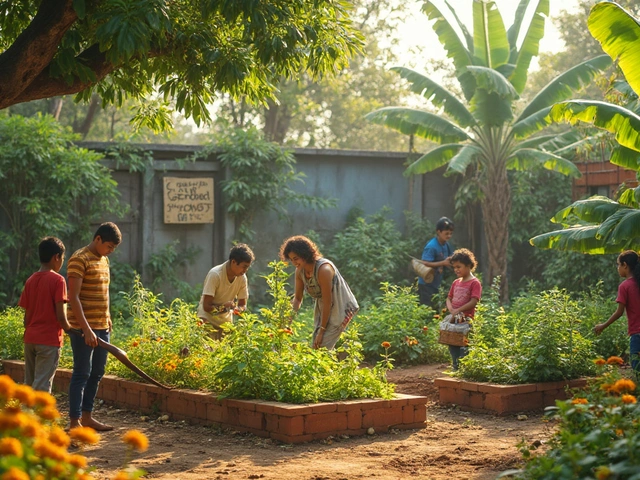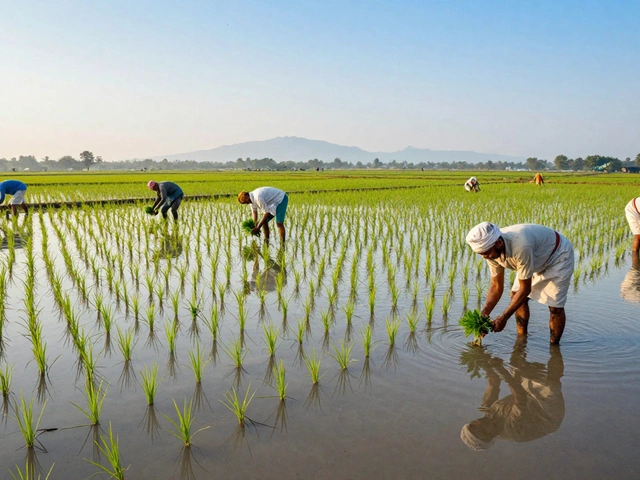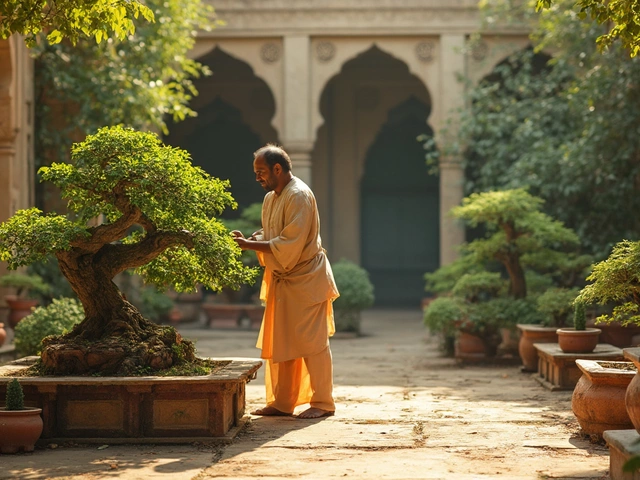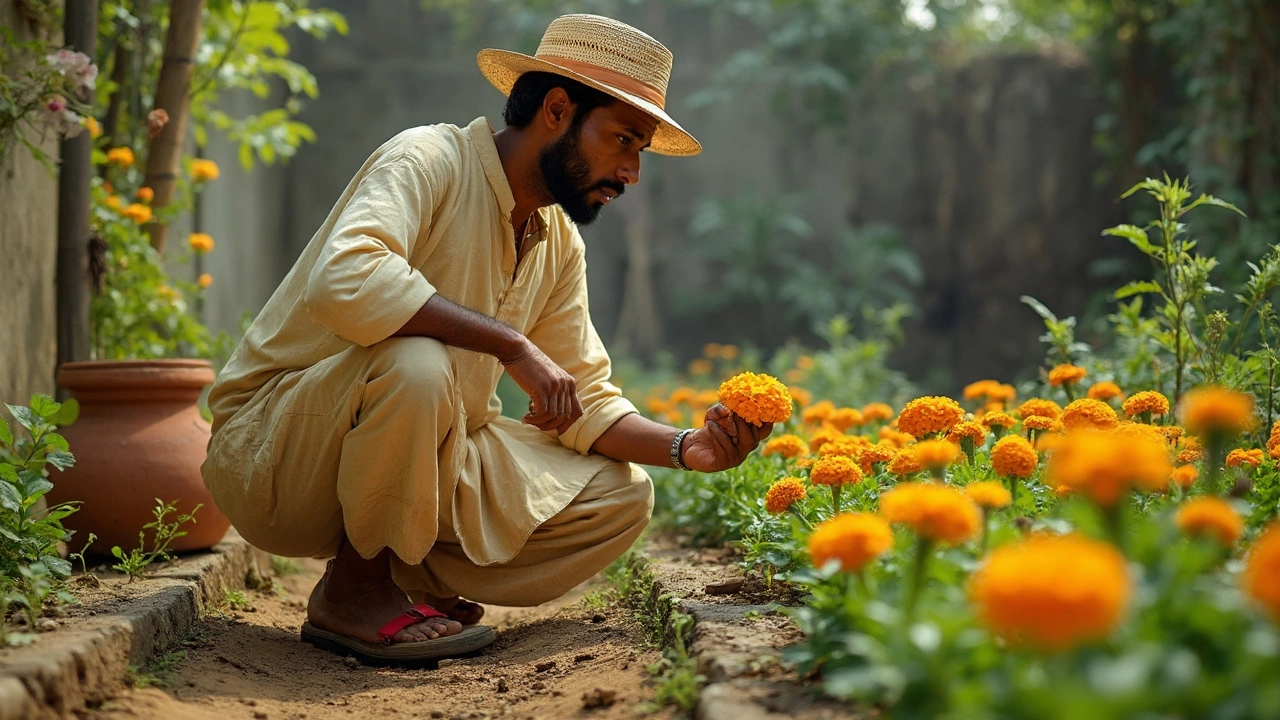Affordable Irrigation: Simple Ways to Water Your Garden Without Breaking the Bank
Keeping plants happy doesn’t have to drain your wallet. With a few smart choices you can water more efficiently, save money, and still get strong growth. Below are the basics you need to start right away.
Why Choose Affordable Irrigation?
Expensive systems promise high tech, but most garden owners only need reliable, steady water. A cheap setup reduces the upfront cost and the ongoing bill because it limits waste. When you use drip lines or simple rain barrels, you also cut down on evaporation—so every drop counts.
In India’s varied climate, the same principle works everywhere. Whether you have a rooftop garden in Delhi or a backyard plot in Kerala, a low‑cost method adapts to local water supply and seasonal rain. The key is matching the method to your soil, plant type, and budget.
Top Low‑Cost Irrigation Options
1. DIY Drip Tape – Drip tape is cheaper than traditional drip lines and works great for rows of vegetables. You can buy a roll, cut it to length, and lay it on the soil surface. Bury it a few centimeters deep if you want protection from sunlight, following the simple rule of 5‑10 cm depth for most crops.
2. Soaker Hoses – A soaker hose is a flexible tube with tiny pores that let water seep slowly. It’s easy to install around shrubs or raised beds. Just connect it to a faucet, set a timer, and you’re good to go. The hose itself costs little, and the water savings add up fast.
3. Rain Barrel Collection – Collecting rainwater in a barrel costs almost nothing after the barrel itself. Hook a simple spigot and use a gravity‑fed hose to water plants. This method is perfect for monsoon‑heavy regions and cuts the municipal water bill.
4. Mulch and Soil Amendments – While not a system, adding mulches like straw or compost reduces the need for frequent watering. Moisture stays in the soil longer, meaning you can water less often and still keep plants healthy.
5. Simple Timers – A basic mechanical timer is a low‑priced tool that prevents over‑watering. Set it for early morning or late evening when evaporation is low. Even a cheap timer can extend the life of your drip tape or hose.
Combining these ideas gives you a flexible plan. For example, use a rain barrel to fill a drip tape network, then cover the beds with mulch. This triple approach saves water, saves money, and keeps plants thriving.
Installation is straightforward. Lay the drip tape along the plant rows, cover with a thin layer of soil, and connect the end to a low‑pressure valve. If you’re using a soaker hose, drape it around the base of each plant and secure with garden pins. Both methods work for small balconies, terraces, or large fields.Maintenance is minimal. Check the line once a month for clogs—just push a small stick through the tubing to clear debris. Clean the rain barrel filter regularly to avoid algae buildup.
Remember, the goal isn’t to buy the fanciest equipment but to get the water where it’s needed most. Start with what you have, upgrade gradually, and watch the savings grow.
Ready to try an affordable irrigation system? Pick one of the options above, set it up this weekend, and see the difference in your garden’s health and your water bill.
Drip Irrigation: Which Type Really Saves You Money?
Wondering which irrigation style won't empty your wallet? This article cuts through the fluff, digging into what makes drip irrigation systems cost-effective for both small and big gardens. Get real info on setup costs, ongoing expenses, and a few trade-offs most people don't talk about. Find smart ways to stretch your dollar even further, without sacrificing healthy, green results. If low-hassle and affordable is what you want, you'll get answers here.
About
Drip Irrigation
Latest Posts


How to Fix Hard Soil in Your Garden for Healthier Plants
By Alden Thorne Jun 29, 2025

Self-Sustaining Garden: How to Start One the Easy Way
By Alden Thorne Jun 18, 2025

How Long Does It Take Rice to Grow? Full Timeline from Seed to Harvest
By Alden Thorne Dec 19, 2025

